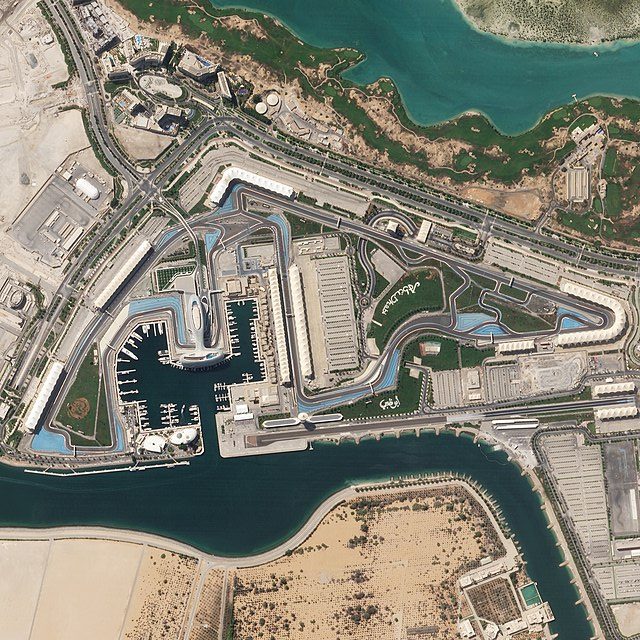Abu Dhabi’s iconic Yas Marina circuit is set to witness the debut of autonomous racecars, ushering in a new era of motor racing. The Dallara Super Formula SF23 open-wheel cars, capable of reaching speeds of 300 kilometres per hour (186 miles per hour), are slated to hit the track in a test run over the coming weeks.
These driverless wonders will take centre stage in the inaugural race of the Abu Dhabi Autonomous Racing League (A2RL) on April 28, 2024. The league boasts a substantial prize fund of USD 2.25 million, attracting attention from enthusiasts and tech aficionados alike.
With a computer replacing the cockpit and no need for a steering wheel, seat, pedals, or protective halo, the driverless cars signify a leap into uncharted territory. Dr. Tom McCarthy, the executive director of operating company ASPIRE, acknowledges the challenges ahead, emphasising the need for scientific advancements to enable multiple driverless cars to compete at high speeds.
ASPIRE, a participant in the Advanced Technology Research Council established by Abu Dhabi, envisions a future where autonomous races draw as much attention as Formula One. However, McCarthy asserts that such a transition will take time, with a gradual development path leading to more autonomous cars on the racing grid in the coming years.
Driverless racing is not an entirely new concept, with the Formula E series planning a ‘Roborace’ as early as 2015. A2RL, however, distinguishes itself by employing petrol engines, emphasising the enduring appeal of the internal combustion engine’s sound and impact on the audience.
Former F1 driver Daniil Kvyat recently tested a manned prototype in Dubai, emphasising the commitment to safety and performance. The driverless teams, each using identical cars from universities and elite institutions worldwide, will employ adaptable software algorithms, with the only human intervention being a ‘kill switch’ to shut down the car once the race begins.
If the inaugural race proves successful, A2RL has ambitious plans to expand its calendar to include three races, potentially adding European and Asian tracks to the schedule. ASPIRE also envisions venturing into autonomous drone racing and races featuring off-road buggies and boats, catering to a diverse audience.
Despite the push for autonomy, McCarthy emphasises that autonomous racing poses no threat to conventional series. He affirms that the focus remains on mobility and safety applications for road cars, steering clear of any intention to replace human-driven racing, which he views as an inherent part of the sport’s allure.



